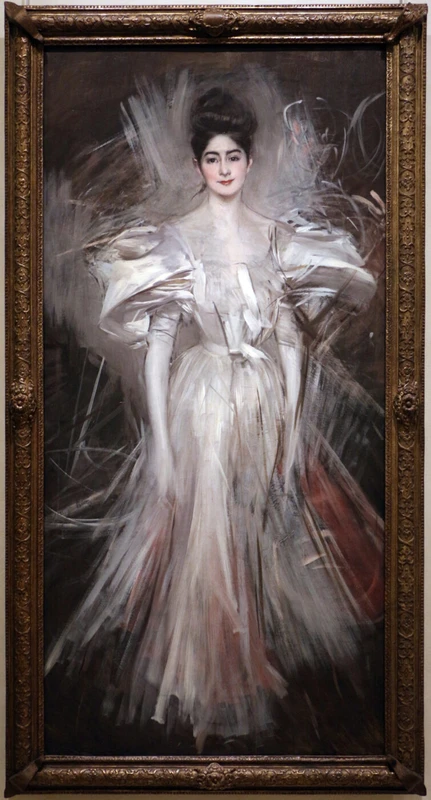Throwing Shade on Paris, 19th-century Capital of Fashion
28 Feb 2024 5-6pm


Online, Zoom
Nineteenth-century France was the centre of modernity. Paris fashion was an important symbol of this modernity, which was used instrumentally in public discourse, scientific thinking, and in the field of cultural production, as a sign of cultural superiority and as justification of the brutal colonial order. In this way, fashion became a form of soft power that could counter British economic dominance rooted in its own colonial plunder. Fashion also operated domestically in France to signal the cultural capital of an elite, urban class, that expanded its borders from the aristocratic, at the century’s beginning, to include the newly moneyed classes as well as the flashy demi-mondaines, by the fin-de-siècle. Outside of this storied and glamorous world, the middle and labouring classes, the urban poor, and provincial elites were constructed as incapable of manipulating, if not understanding, Paris fashion. Through a discussion of representations in literature and art, this paper explores how Paris fashion constructed its exclusive and exclusionary world. It also casts light on some of the marginalized players in the field of fashion. In doing so, it expands fashion’s borders by demystifying the discourses that swirl around Paris fashion.
Organised by Dr Elizabeth Kutesko
FREE, book now: